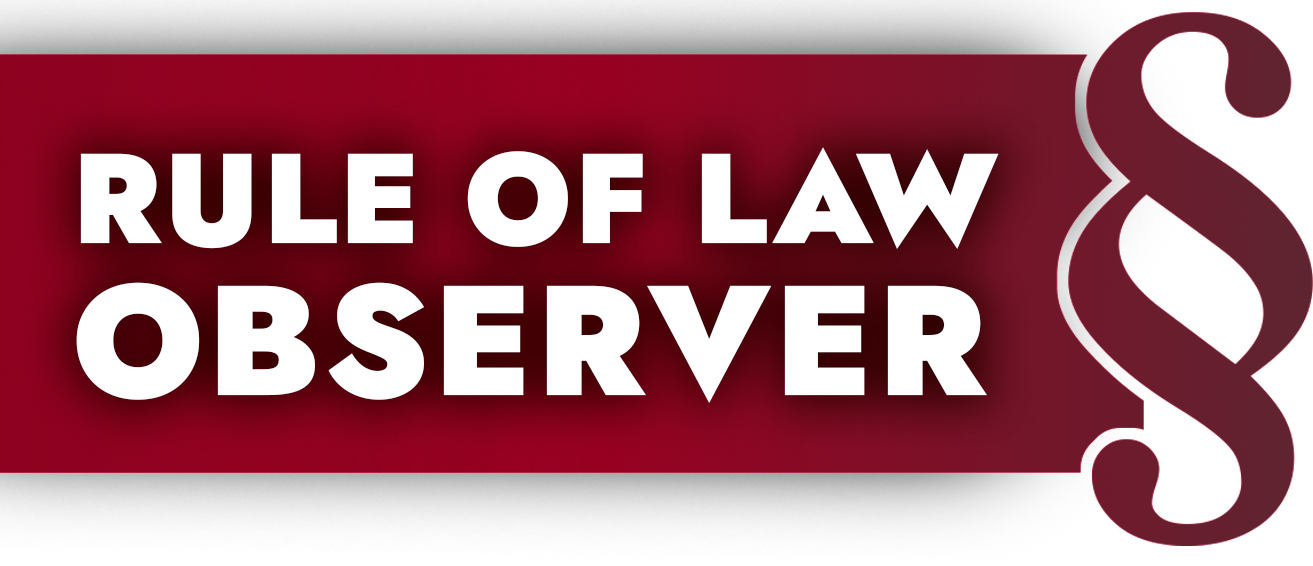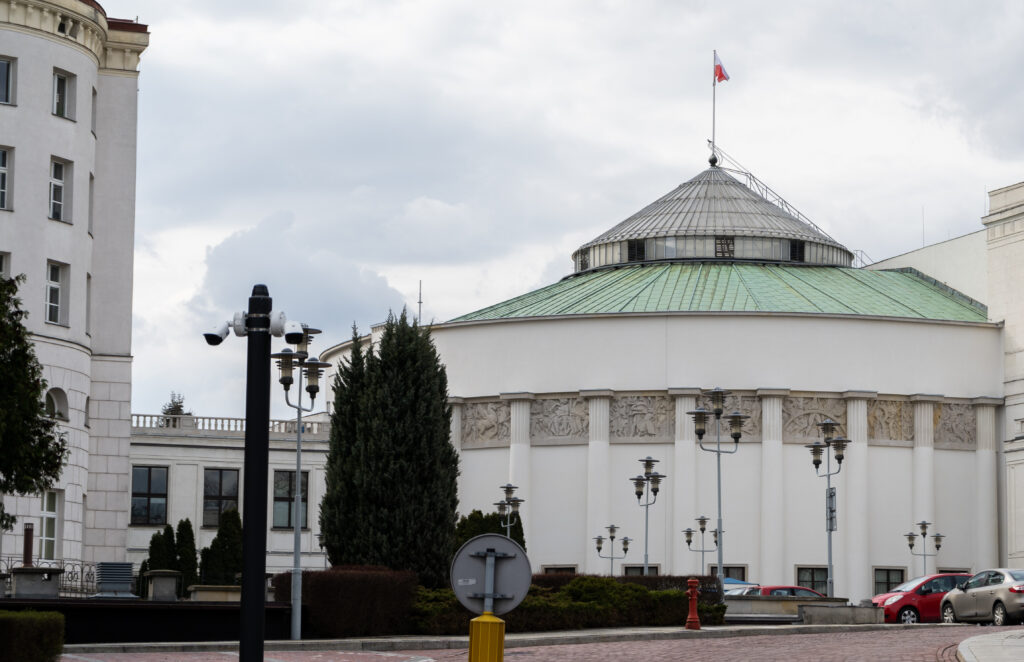In the formula for the presidential pardon, we read the words “we forgive and forget”. Naturally, this refers to the act itself and not to a specific sentence.
After all, the act of clemency does not consist of ‘forgiving’ and ‘forgeting’ the judge who issued the sentence, but ‘forgiving’ the perpetrator and ‘forgeting’ his entire act, thus rendering pointless all proceedings concerning it.
Consequently, all subsequent judgements could only relate to the issue of the defendants’ guilt, and as far as the adjudication of punishment is concerned, it only makes sense that the proceedings should be dropped. However, even the adjudication of guilt would only be justified if it was driven by a desire to obtain a possible verdict that “clear the good name” of persons who would rather be declared innocent than pardoned.
For the executive court, on the other hand, the case should be clear – discontinuance of the proceedings, as there can be no punishment to be enforced.
This reasoning, was applied by the Supreme Court’s Extraordinary Audit and Public Affairs Chamber. It is not only very elegant, but it also shows a doctrinal effort and a hand extended in a gesture of reconciliation. A gesture addressed to the courts which previously adjudicated on the case and to all political parties to the dispute.
Alas, the gesture of reconciliation was rejected. Now all that’s left is a spiral of escalation.



